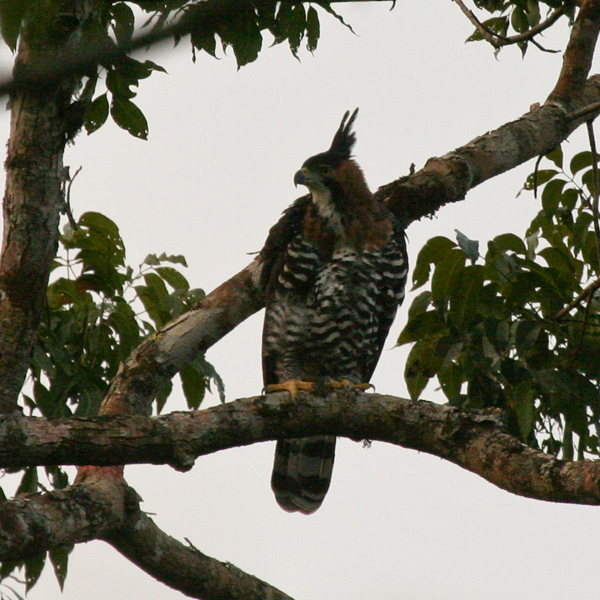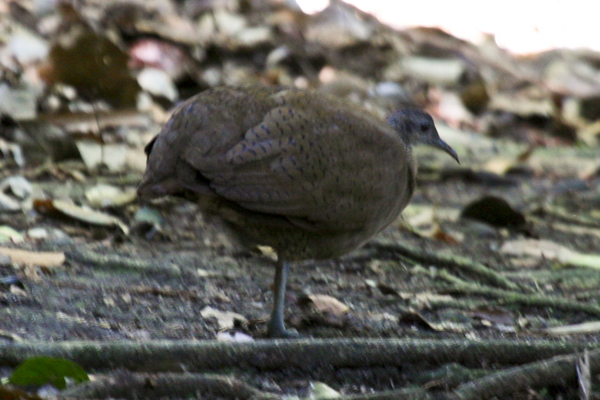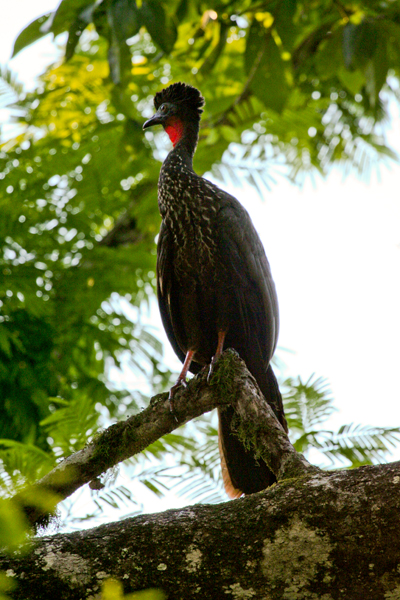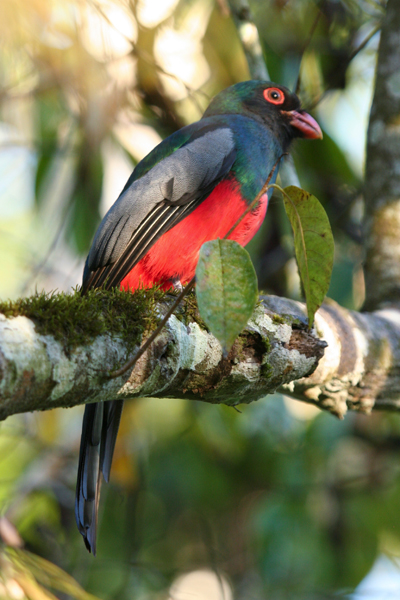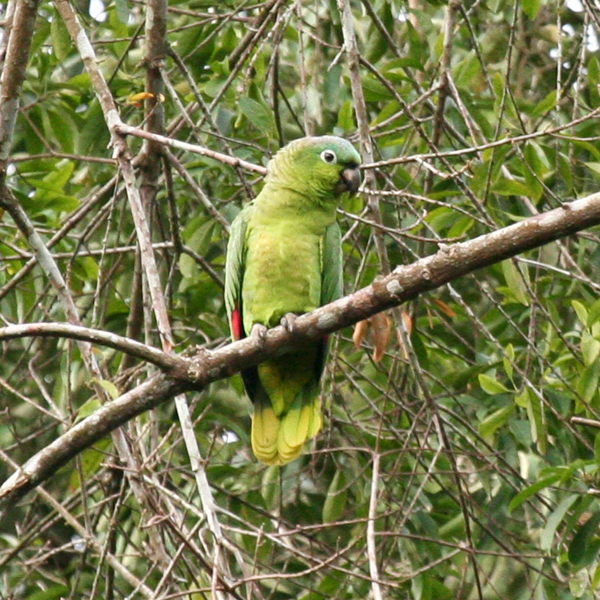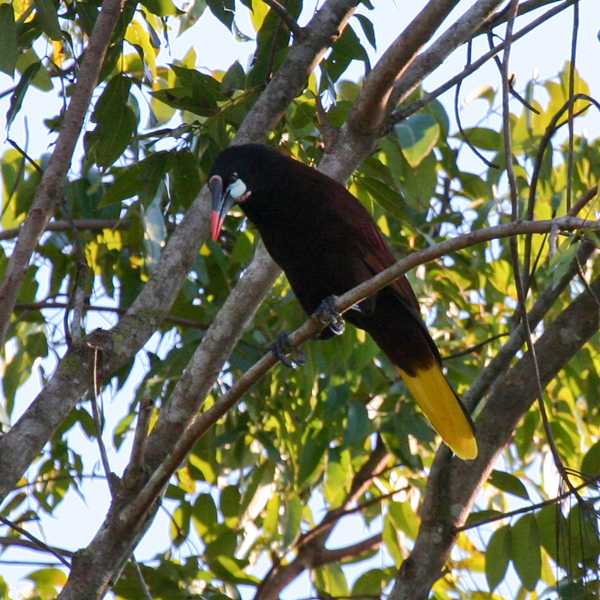Prior to January 26 of this year I had not seen a Black Rosy-Finch. Black Rosy-Finches are an ABA Code 2 species. The ABA lists about 670 North American Birds in Codes 1 (~494) and 2 (~176). Here is what the ABA says about its Codes 1 and 2:
“Regularly occurring North American avifauna. Includes regular breeding species and visitors. There is no firm designation between Code-1 and Code-2 species, except that logically Code-1 species are more widespread and are usually more numerous. Code-2 species have a restricted North American range, are more widespread, but occur in lower densities, or are quite secretive making their detection often difficult. We readily acknowledge that some Code-2 species are harder to find than some species that have higher codes.”
I have seen all but one of the Code 1 species. The one I have missed is the Mexican Whip-poor-will. Until a couple of years ago, this species was not separated from the Whip-poor-will and I have seen quite a few Whip-poor-wills over the years, but never, to the best of my recollection, one of the southwestern race, C.v. Arizonae, which has now achieved separate species status under the name, “Mexican Whip-poor-will”. I suppose a trip to southeast Arizona will be on my itinerary soon, so that I can (once again) claim a sweep of the Code-1 species.
I found out about the Black Rosy-finches of Sandia Crest through the excellent website of approximately the same name. I have made previous efforts to find this bird in various areas of the Rocky Mountains, without success. This time was different. The drive from Albuquerque to Sandia Crest was short, but the last 10 miles were a bit dodgey. The fog became quite dense and the winds were high, but on the other hand, there was virtually no traffic and the temperature stayed at 33 or above. So I arrived at Sandia Crest (altitude about 12,000 feet) about 9:00 a.m. and as I pulled into the parking lot, where there were no other vehicles, a flock of about 40 Rosy-finches was feeding on the edge of the lot. Most of them were Black Rosy-Finches, with a few Brown-capped Rosy-Finches mixed in. I did not see any Gray-crowned Rosy-Finches in the group, but the lighting was pretty grim with all the fog and wind and I could have missed them if they were there.
I had no photographer with me to rely upon, so I tried to use my little point and shoot camera to get some pictures. They all failed miserably due to the fog and my ineptitude. The best I could do was to get a “profile” of the flock of Black Rosy-Finches in a bare tree near the parking lot.


I did get some good close-up views with my binoculars, so my identification is solid. Hurrah!!! Number 715 on my North American Life List, and (unless more splits occur) only 10 more Code-2s to find: Mottled Petrel, Whiskered Auklet, Bluethroat and McKay’s Bunting (all probably only to be seen in or near Alaska); the newly recognized species, Nanday Parakeet, Mangrove Cuckoo and Antillean Nighthawk (all probably only to be seen in Florida), Black Swifts (I have a line on a place to find them this spring in Colorado), Scripp’s Murrelet (until December, 2012 conspecific with Guadalupe Murrelet under the name Xantus’s Murrelet), off the coast of California, and the bane of my life, Sooty Grouse (formerly conspecific with Dusky Grouse under the name Blue Grouse), which I have searched for several times since it was split from the Sooty Grouse, but with no success. Any suggestions, anyone?

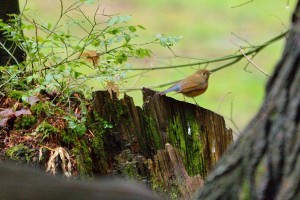
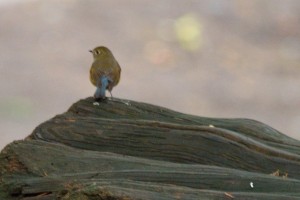

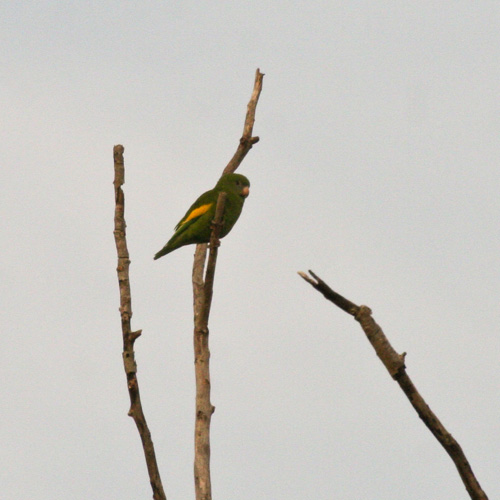


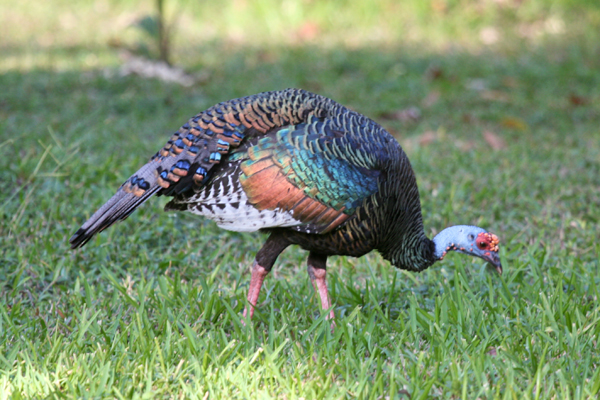 ]
] 